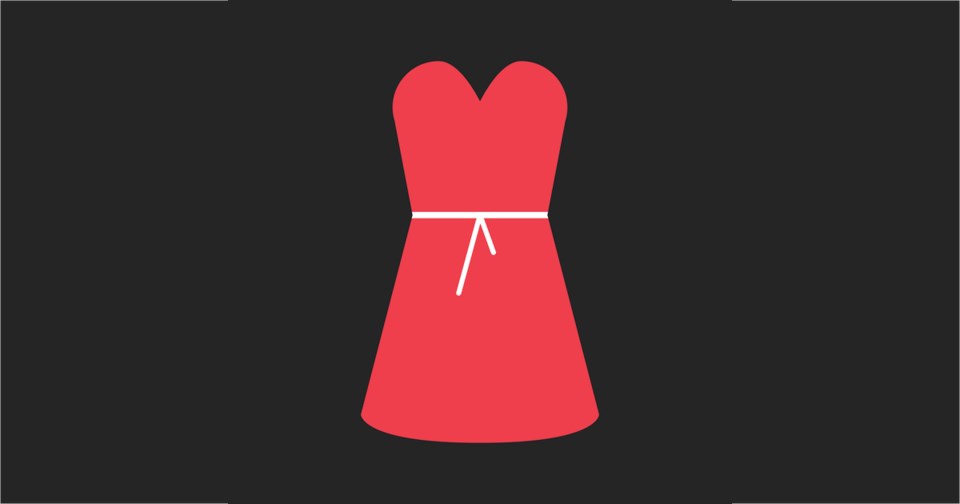NIPAWIN — It was an noticeable – and unwanted – addition to a red dress display memorializing missing and murdered Indigenous women and girls.
A single white dress with a sign saying “white people die too” was placed amongst the red dresses in the overnight hours.
Brandie Trew, a member of the Nipawin Reconciliation committee, said she hung the dresses at Cumberland College in Nipawin on March 6, to raise awareness of the missing and murdered Indigenous women and girls.
On March 10, Trew came into work and saw there was a white dress hanging with the others.
When she approached the dress, she noticed there was a large sign which read “white people die too.”
“The reason I feel it’s disrespectful is that white people are put first in the justice system, they’re put first in the police system,” Trew said. “It is a Canadian and international epidemic that Indigenous women and girls are lost in the system even when they’re missing.”
According to Statistics Canada, nine per cent of female homicide victims in 1980 were Indigenous. By 2015, Indigenous women made up 24 per cent of homicide victims in Canada. This was noted in the federal government’s 2018 interim report for the National Inquiry into Murdered and Missing Indigenous Women and Girls.
The 2018 interim report shows that while homicide rates for non-Indigenous women have gone down over the decades, homicide rates for Indigenous women have been going up. Indigenous women are 12 times more likely to be murdered or missing than any other women in Canada, and 16 times more likely than Caucasian women.
In Manitoba or Saskatchewan, they are 19 more times likely than Caucasian women to be murdered or missing.
“As a white settler, I know that if my child were to go missing, the police action would be immediate. But I don’t feel my Indigenous friends receive the same respect,” Trew said.
“By them doing that they’re saying and they’re reinforcing that missing and murdered Indigenous women and girls don’t need the attention that they’re getting.”
She said the disruption to the display made her feel “horrible.”
“I have lots of work and private relationships with First Nations people and I know many women who have gone missing or have been murdered. So when I hang the dresses, I think of them.”




